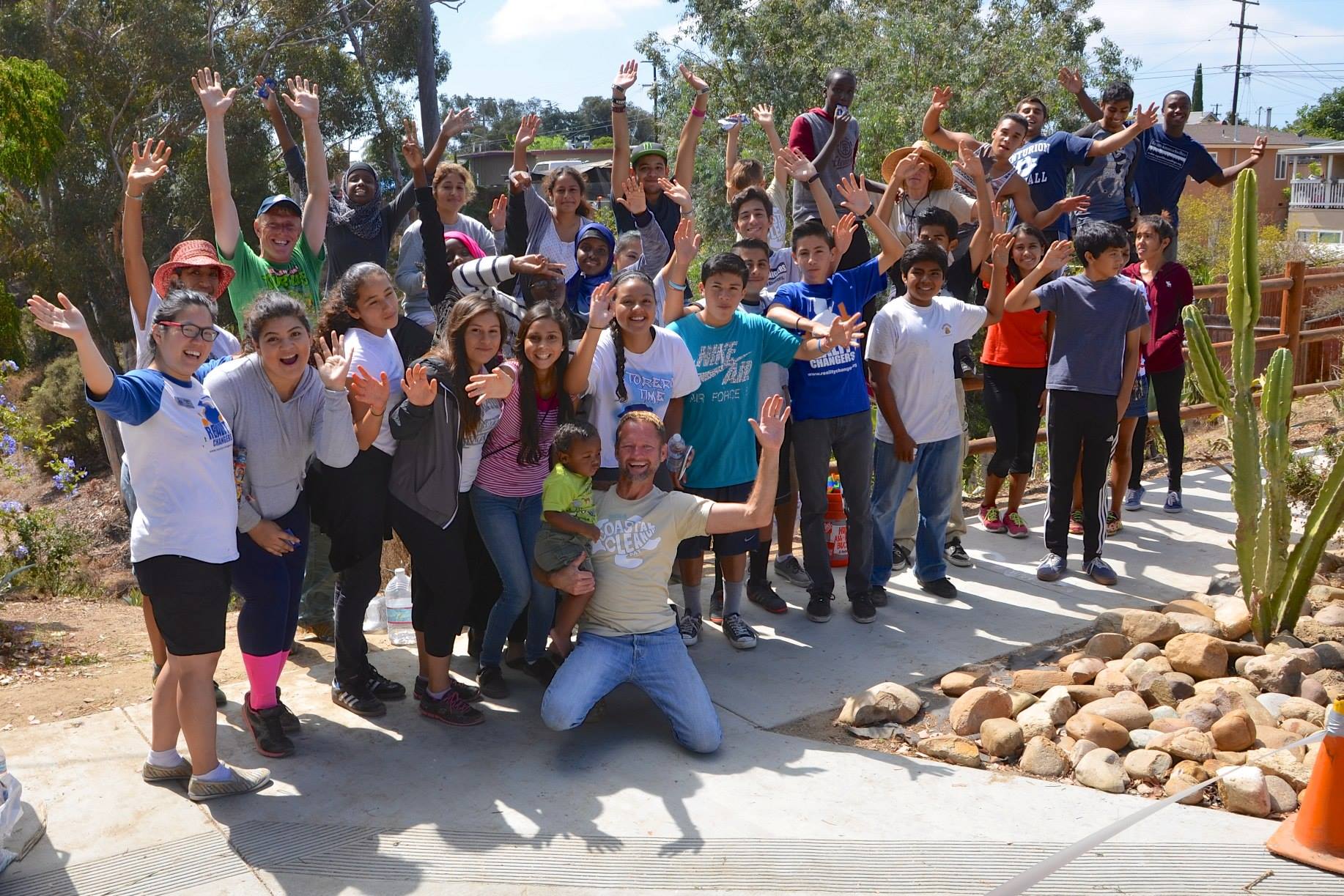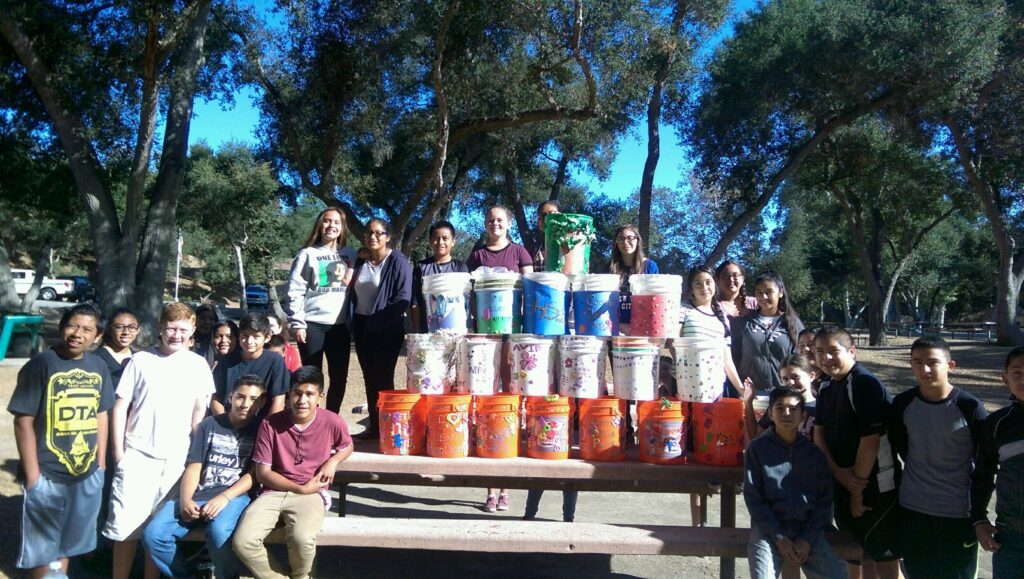Ecological Footprint: The impact of a person or community on the environment, expressed as the amount of land required to sustain their use of natural resources
It’s estimated it would take 3.9 Earths to sustain the world population if everyone lived like we do in the US. When considering factors like food, water-use, waste and transportation, it’s clear there’s an urgent need for more sustainable daily actions. Luckily, you can start creating these habits today!
Check out the Global Footprint Calculator from the Global Footprint Network to understand your ecological footprint. Then, incorporate these suggestions to reduce your ecological footprint and make a positive impact!
- Reduce Your Use of Single-Use, Disposable Plastics. Did you know all the plastic we’ve ever made still exists? We use disposable plastic shopping bags for an average of 12 minutes before we discard them (and yes, there are still plastic shopping bags at clothing stores, hardware stores, and more). Other single-use plastics like straws, cups, and utensils aren’t used for much longer. Make the switch to reusable items, such as reusable water bottle, reusable shopping bag, and reusable cups. The best step is to start refusing plastic as much as you can every day.
- Switch to Renewable Energy. According to the EPA, the energy sector is the largest source of greenhouse gas emissions in the US. If you have the budget and living situation to switch to solar, look into installation options. If you don’t, there are still many ways to reduce your use of nonrenewable energy. Look into renewable energy options through programs like SDG&E’s EcoChoice. The program allows you to switch 50-100% of your energy bill to renewable energy from clean sources. Best of all: it’s easy and affordable! Log in to your account for an estimate and reduce your ecological footprint in a click.

- Eat Less Meat. The meat industry is a major source of greenhouse gas emissions, along with its other issues such as animal welfare, water-use, and land degradation. Reduce your ecological footprint by enjoying vegetarian-friendly meal days and supporting local meat sources.
- Reduce your Waste. Our landfills are quickly filling up. The Miramar landfill is expected to close in 2030 – then what will we do? Do your part by reducing your waste. Reduce packaging waste in the kitchen by buying in bulk, eating a veggie-based diet, and composting. Reduce your bathroom product waste by concocting your own formulas, buying reusables, and forgoing unnecessary products. Be sure to recycle plastic bottles, toilet paper rolls, and other recyclable bathroom materials. Learn more about zero waste here.
- Recycle Responsibly. Recycling helps conserve resources and reduces air and water pollution. It also saves space in our overcrowded landfills. Become a recycling rockstar by knowing the rules for your area and recycling as much as you can. For recycling locations along with repair, reuse and repurpose ideas, visit our recycling and zero waste database, WasteFreeSD.org.
- Drive Less. Our cars release many pollutants into the air and our oceans. When you’re able to travel without a car, take advantage! San Diegans can enjoy year-round walking and biking trips to the store, coffee shop, or farmer’s market. When you have to drive, consider grouping errands together or taking public transit. If you rely on your car, make the switch to an electric vehicle. Not only are they better for the environment, but you won’t have to buy gas ever again.
- Reduce Your Water Use. Water is precious. We only have to look at the last few years in California to understand why. More water is used in our yards than any other category for the average household. Transform your yard into a water-wise oasis to conserve water. Find ways to incorporate water savings techniques around your home, such as using rain barrels, washing clothes when you have a full load, and stopping unnecessary faucet use. More tips from Be Water Wise.
- Support Local. Our stuff travels more than we do. Whether it’s clothes, food or supplies, many items have a huge ecological footprint. Support local, transparent companies and farms to reduce your footprint. A great place to start? Shop your local farmer’s market.

Have more tips to reduce your ecological footprint? Share them with us on Facebook, Twitter, and Instagram!







